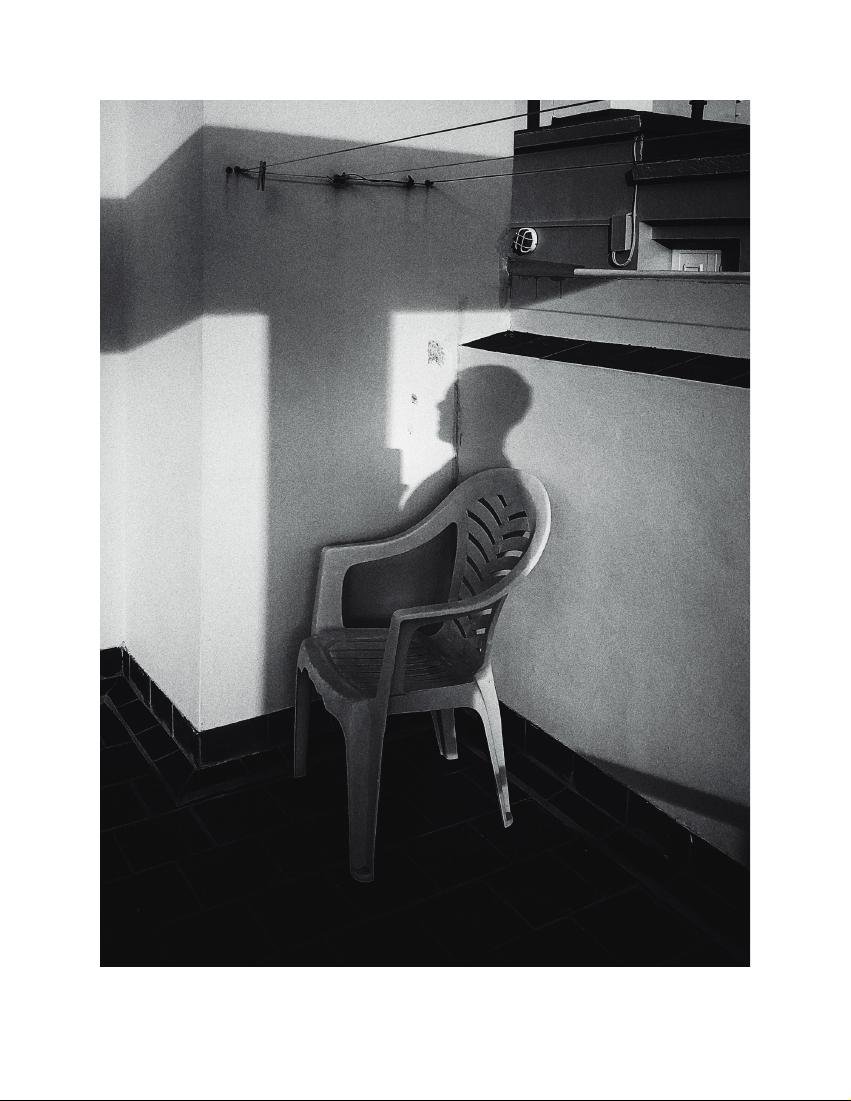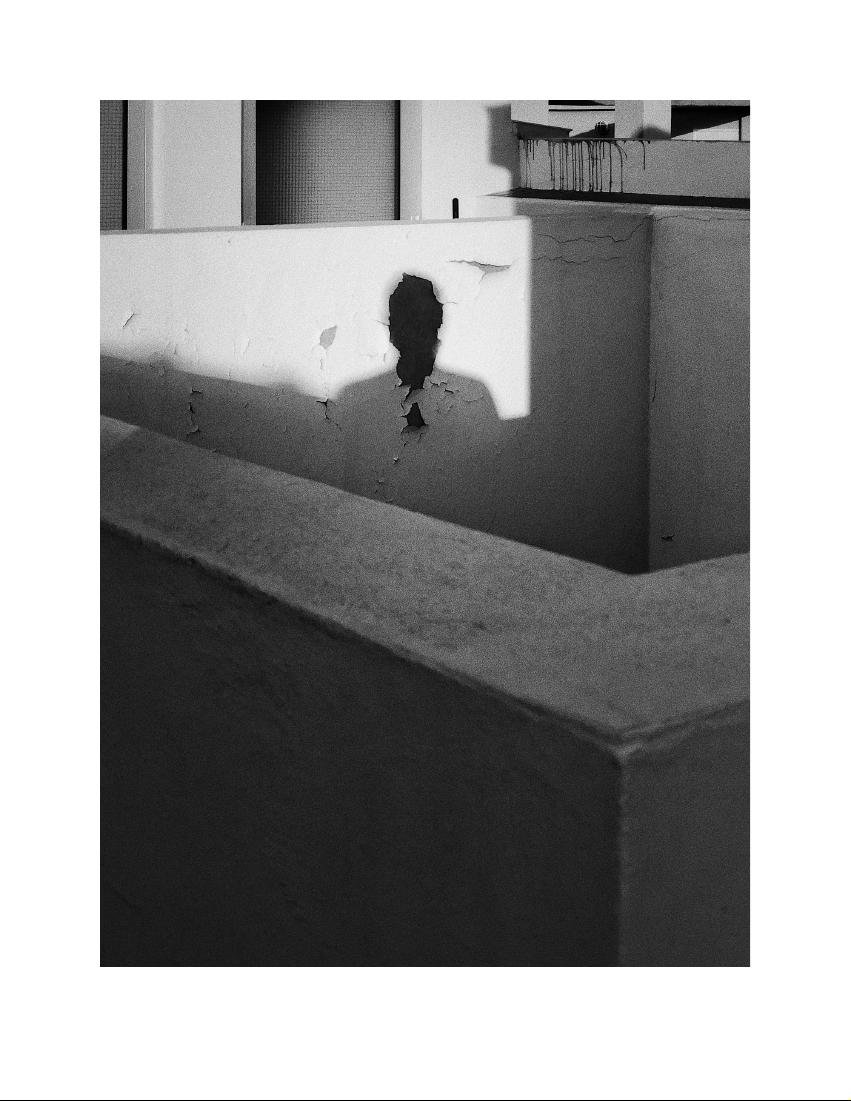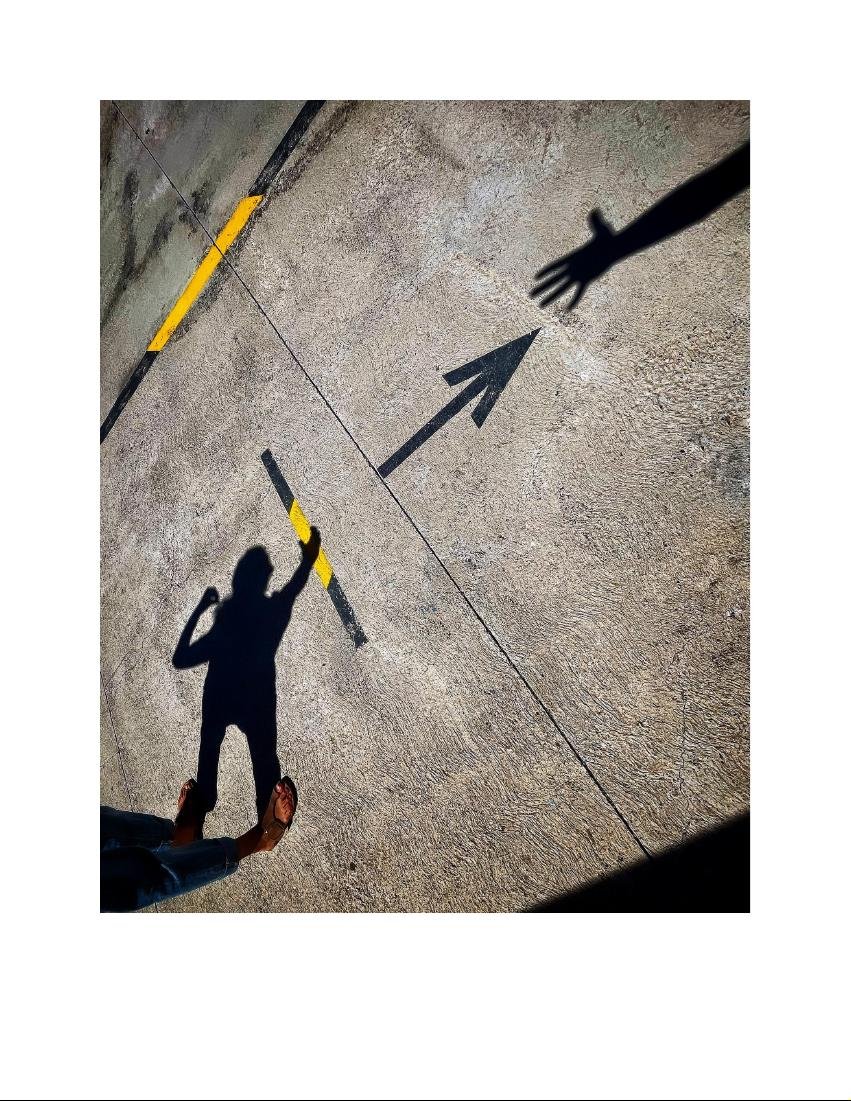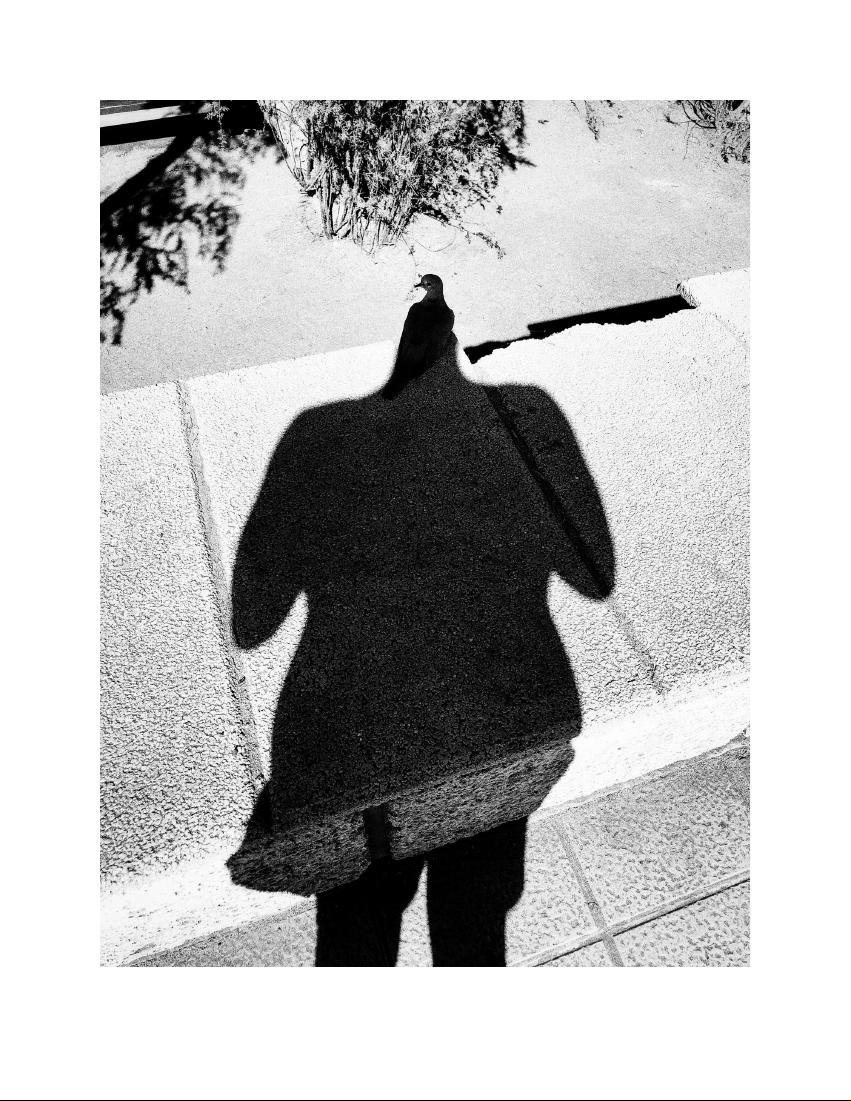As I delved into this interview, I found myself mesmerized by his ability to turn ordinary moments into extraordinary tales. Inspired by the likes of Chema Madoz and Ugur Gallen, Dominic paints his own narrative through his imagination.
Through his words, I discovered more than just the secrets behind his impressive shots. One gem that resonated deeply with me was his dedication to “The Morning Pages,” a practice he gleaned from “The Artist’s Way” a book written by Julia Cameron. It struck a chord, prompting me to embark on my own creative journey fueled by daily introspection.
But beyond the technicalities of photography, Dominic shared a philosophy that has become my creative compass: the importance of never censoring the ideas that dance in our minds. In his world, there’s no room for stifling creativity – only the authentic, unfiltered expression of every wild notion.
As you join me in exploring Dominic’s interview, be prepared not only to witness his artistic brilliance but also to embark on a journey that transcends photography. It’s an invitation to embrace authenticity and to realize that creativity, as Dominic embodies, is a deeply personal, daily practice accessible to each of us.
Photo by Dominic Dähncke
1.Can you tell us about your background and how you initially got interested in photography as a means of creative expression?
I was born on the island of La Palma (Canary Islands) in 1982. My grandmother is a mycologist, and my mother is fond of photography. This combination meant that since before I was born there were always cameras in my house. My grandmother used them scientifically (to photograph mushrooms for her research) and my mother used them as a hobby. It was inevitable that in a context like this I would not want to use a camera to relate to the world and express myself. After a childhood, adolescence and youth always accompanied by a camera, it was in 2014 when I decided to register as a freelance photographer. Since then I have been lucky enough to work and live from photography. But it was clear that my inner child was not going to stay alive for long if I only dedicated myself to commercial assignments, that's why I always sought to combine commercial with personal photography (which can be seen on my Instagram profile).
Photo by Dominic Dähncke
2. Your photography is known for its unique and joyful qualities. What inspires and motivates you to capture these moments that bring sweet surprises and joy to viewers?
All I'm looking for is to have fun. I need fun in my life, as well as surprise. There are certain aspects of my life in which I like to have routines (places to have a coffee, write as soon as I wake up...) but in photography I run away from the routine. It’s that need for new things that inspires me to take each walk as a new opportunity to see something new (even if it is the same place I walk through every day). You have to be open to always seeing something new, have faith that "place A" from yesterday at 5:00 p.m. today is not the same "place A." It will always be different. And it’s in that possibility where I find fun and inspiration. "Place A" doesn’t change because it really changes (which too), but it changes because we change from one day to the next. Our vision of the same place changes quickly. Depending on the glasses we put on, we can see that "place A" in an empty way or in a way full of possibilities. My inner child always sees it the latter way.
3. How do you approach the creative process when conceptualizing and composing your photographs? Can you share some insights into your creative workflow?
The truth is that my creative process doesn’t exist. Or at least, not as such. Something happens in my head, that's clear, but all I do is receive external inputs (I read news and books, watch movies and series...), store them in my mind and then, somehow, when I walk and explore my context, magic emerges in the form of a photograph. I think it’s very important that each of us creates an internal "store" with information that then, subconsciously, appears at the least expected moment and helps us obtain a creation. This is what I do, completely intuitively, nothing premeditated. I go out into the street without expectations of creating something. And something always appears.
Photo by Dominic Dähncke
4. What are some of the influences, be it other photographers, artists, or life experiences, that have shaped your photography style and vision?
I'm not a person who consciously has many influences. What's more, I would say that I only have one: the Spanish photographer Chema Madoz. Anyone who knows his work will quickly know why he is my influence. He is a magician of concept, metaphor and the use of simplicity to express himself. Aside from him, I'm sure I have many "phantom influences." I’m referring to all those people who, with his creations, have made me stop scrolling on my mobile screen and stop to look at the photo or creation for many seconds. I see the topic of influences as being on a tuna boat in the middle of a storm: you know that you are getting wet, but if someone asks you "where does the water that is getting you wet come from?" You are unable to say whether it is from the sky or the sea. What is clear is that each drop makes you wetter. I try to get wet like this, from everywhere. Be a sponge.
5. Your juxtaposition compositions often make viewers see things in a new light. Could you describe your thought process behind creating such compositions and the message you aim to convey?
The inspiration to make these creations comes from photographer Ugur Gallen. He shocked me a long time ago with his “two worlds” juxtapositions. From there I started doing this series, but always from a humorous or sarcastic perspective. Here my inner child comes out again, since the only message I intend to convey is humor, that the viewer has a small smile when seeing the creation. Again, purely game.
Photo by Dominic Dähncke
6. Do you have a favorite or most memorable photograph that you've taken, and what makes it special to you?
I have one that changed my life. But not the photograph itself, but the moment that this photograph reflects: the small foot of my newborn daughter on her mother's placenta. In the end, photographs are captured moments and the emotion they contain. Aesthetically they can be perfect and emotionally empty, and vice versa. In my case, my favorite photograph may not be the most aesthetic, but it is the most emotional for me.
7. How do you handle creative blocks or times when inspiration seems elusive? Do you have any techniques for overcoming these challenges?
That dark world. I have to admit (and I don't say this with arrogance) that I visit him very little. I have creative blocks but I think the proportion of these is very little in relation to the time I spend taking and thinking about photos. I have a somewhat "strange" opinion about creativity. I took creativity as an obligation: I had to be able to create new and ingenious things all the time. That gave me a lot of stress. I think this is where creative block appears most often. It is born from the need to "always have to be creative." So one day I changed my mindset and decided not to have to be creative in favor of trying to be playful and have fun. And since applying that approach I think I have managed to considerably reduce the number of creative blocks.
But I have them, obviously. When they arrive, what I try to do is, on the one hand, reduce the stress of putting pressure on myself to get out of there, and on the other hand, accept that it is a necessary and temporary process, it’s not forever. I write, I read, I learn about other things, and when I realize it, I'm out of the creative block.
Photo by Dominic Dähncke
8. Many aspiring photographers look up to your work. What advice would you give to those who wish to pursue photography as a creative outlet or profession?
My only totally subjective advice, based on my purely personal experience, is to be yourself. Listen to yourself. What do you like to photograph? What type of photography does your time fly by? If you didn't get paid for it, what kind of photography would you still do? Don't look for answers outside, in others. Ask yourself, listen to yourself and find your own voice. Accept that it is normal for all of us at some point to try to follow "the pack" through photographic fashions, that we want our work to be recognized on social networks, to be admired. All of that is normal, but it should be more normal to want to find your own voice. Do you like to photograph pens drinking coffee? Do it. Do you like to photograph plastic bags having orgasms with paper bags? Do it. Look inside yourself. That's where you will find the answer to that question you ask yourself so often.
Photo by Dominic Dähncke
9. What are your long-term goals and aspirations as a photographer? Are there specific projects or themes you'd like to explore in the future?
In the long term I would like to finish my open series (I currently have about 12 open series), continue digging inside myself to try to recognize what else my inner child would like to do and what paths it will take me down, and I would like to start a brand of clothes with my photographs and texts. That in the long term. In the medium term I am trying to set up an online store with products (limited photo prints).
Photo by Dominic Dähncke
10. Beyond photography, what other interests or hobbies do you have, and how do they influence your creative perspective?
I love writing. About what? About me. I don't say this from an egotistical and narcissistic perspective, but from the vision of self-knowledge. Years ago, I discovered the dynamics of "the morning pages" in the book "The Artist's Way" by Julia Cameron. This dynamic literally changed my life. I recommend everyone to find out about this and incorporate it into their life. Basically, something similar to a diary, but instead of writing "nicely and carefully", it's about writing quickly, vomiting out any thoughts that cross your mind, freeing it of "garbage", clarifying your mind and helping you to know you better. For me it's like doing meditation.
This dynamic has awakened a writing lake in me that I didn't know he had. Which, in turn, has made me consider writing (in the near future) my first book, about inspiration and creativity in photography.
Thanks Dominic and Please Find More His Works @dodafoto
Thank YOU for reading!







